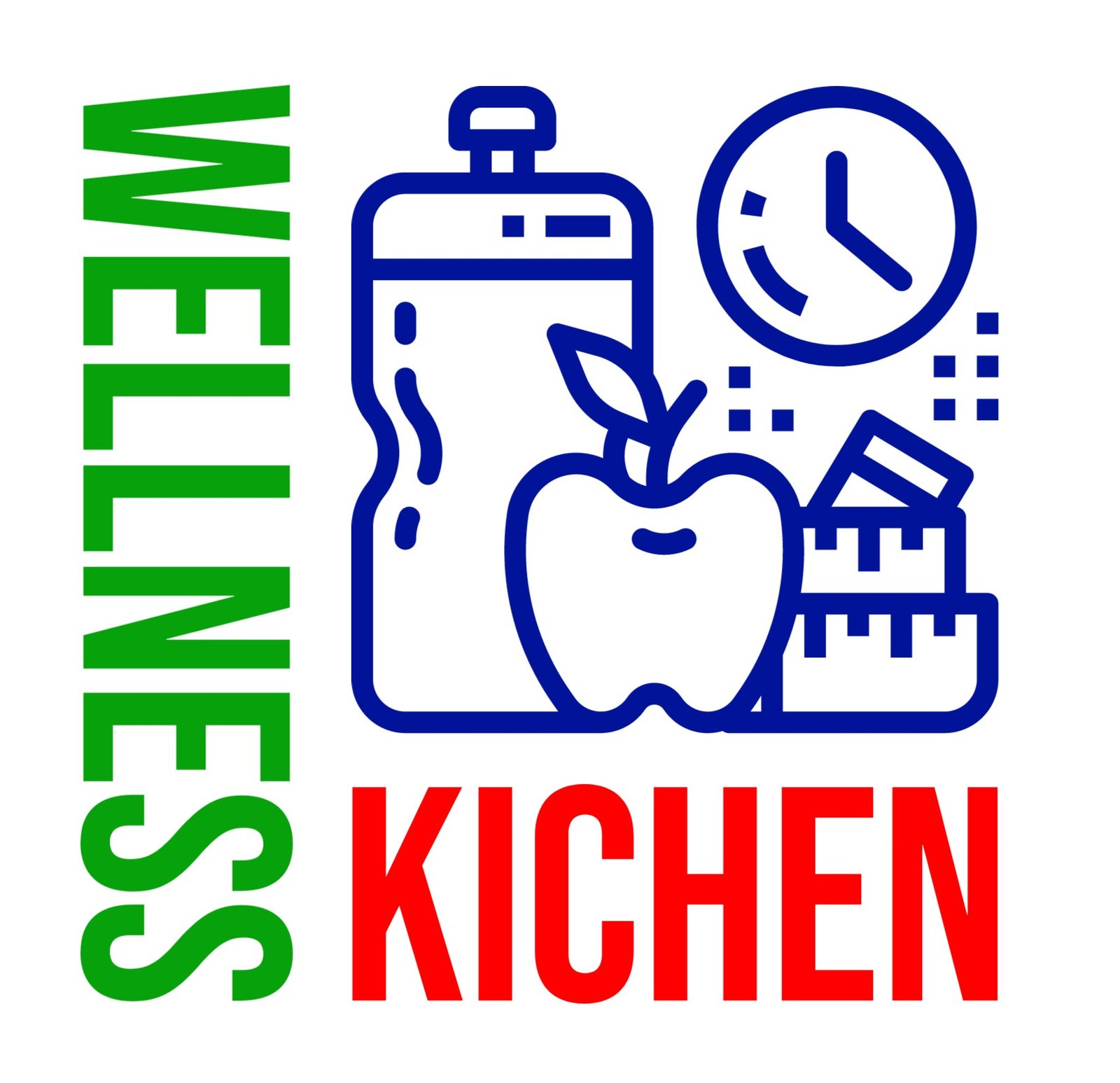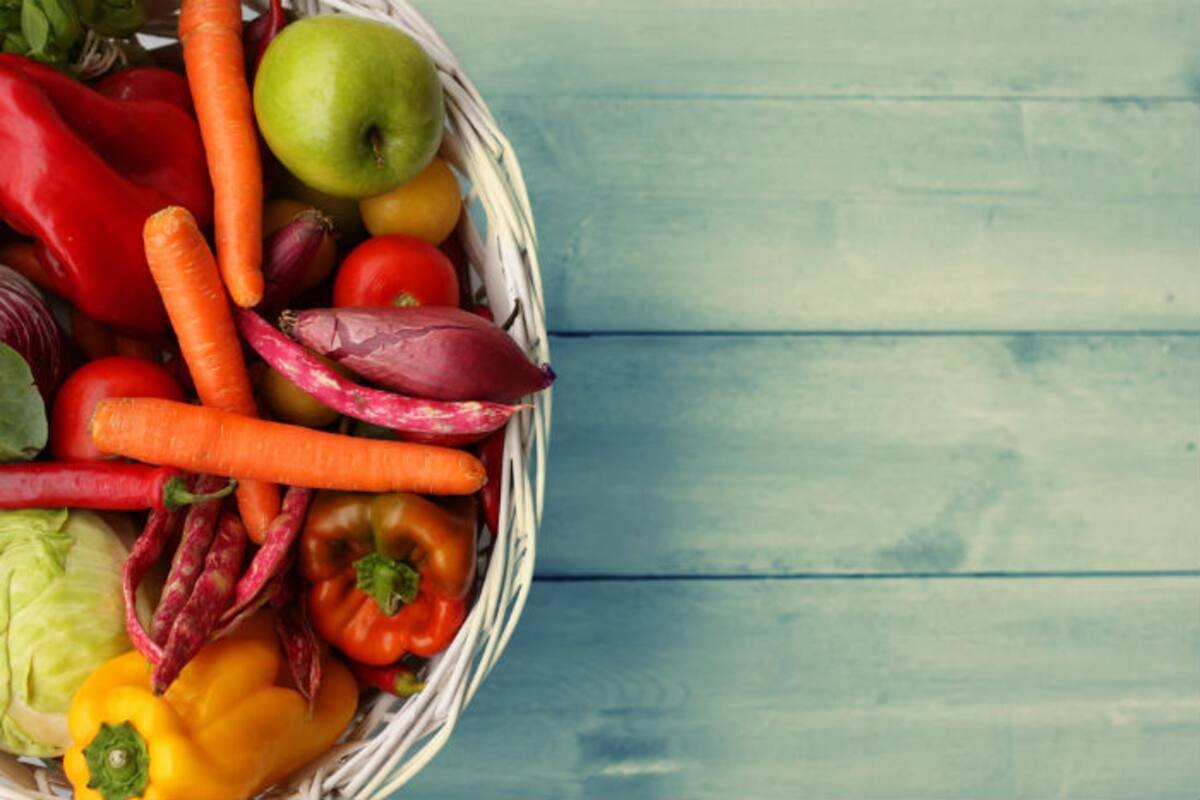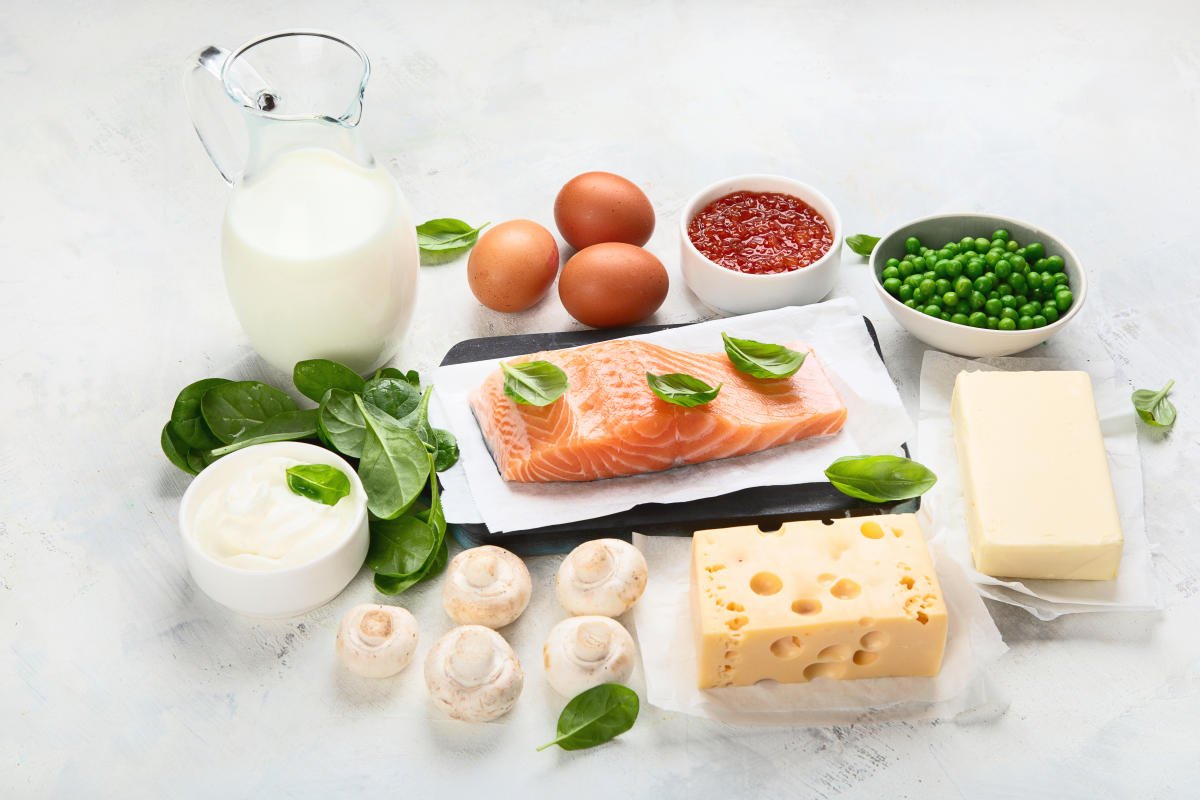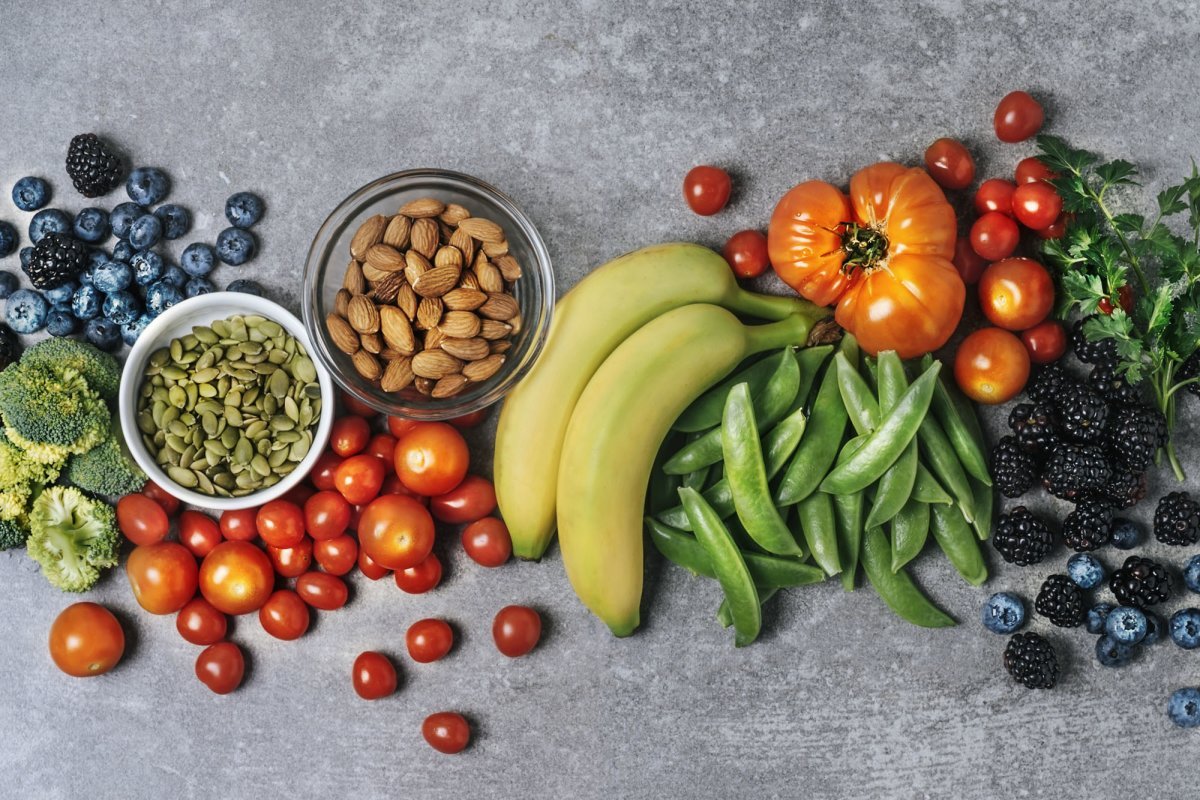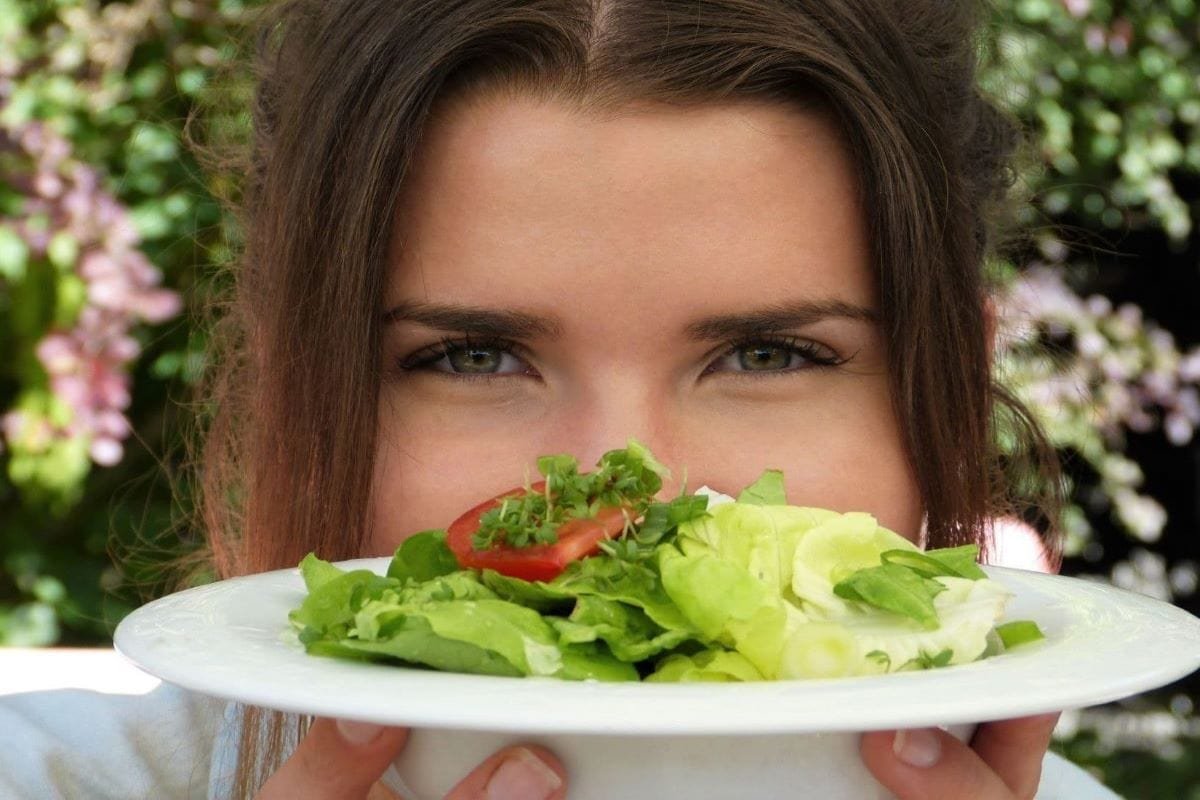Boost your immune system, fight signs of aging, and boost brain function with these vitamin A-rich foods.
If you want to maintain youthful skin, healthy hair, and sharper sight, you’re going to want to have vitamin A foods in your diet. In the world of vitamins and nutrients, vitamin A is the superhero for your sight, skin, and hair. This fat-soluble vitamin also ensures your immune and reproductive systems are on their A-game. Some research even suggests that vitamin A might help prevent cancer and macular degeneration, a main cause of blindness in older adults, according to the National Institutes of Health (NIH).
We put together this guide of everything you need to know about vitamin A as well as the best food sources of the nutrient.
There are four different types of vitamin A you can get from food.
- retinol: This is the ready-to-use form of vitamin A found in animal foods, according to Dietitians. Retinol rich foods include carrots, tomatoes, oranges, spinach, and tangerines.
- beta-carotene: This is a plant-based antioxidant that your body converts into vitamin A. Because it isn’t an active form of vitamin A and needs to be converted to the active form, beta-carotene is known as a provitamin A carotenoid. There is both dietary beta-carotene, which is found naturally in foods, and supplemental beta-carotene, which is isolated beta-carotene that is used in supplements or is added to fortified, processed foods. Beta-carotene-rich foods include carrots, tomatoes, spinach, oranges, and curly kale.
- beta-cryptoxanthin: Another provitamin A, beta-cryptoxanthin has been found to have a relatively high bioavailability from its common food sources. Beta-cryptoxanthin-rich foods include butternut squash, persimmons, hubbard squash, hot chili peppers, and tangerines.
- alpha-carotene: This provitamin A is the third most common form of provitamin-A carotenoids, behind beta-carotene and beta-cryptoxanthin. Alpha-carotene-rich foods include carrots and oranges.
All four vitamin A types are added up to count towards your daily value, which is measured in retinol activity equivalents (RAE). This number accounts for the different “bioactivities of retinol and provitamin A carotenoids, all of which are converted by the body into retinol,” according to the NIH.
How much vitamin A do I need per day?
The recommended daily allowance (RDA) of vitamin A, as set by the National Academy of Sciences (NAS), depends on your gender. The RDA for vitamin A is 900 micrograms RAE for men and 700 micrograms RAE for women.
To make life simpler, the Food and Drug Administration (FDA) set the Daily Value (DV) of vitamin A at 900 micrograms (mcg) RAE. You may see the vitamin A DV reported on nutrition labels as 5,000 IU (international units), but this will change by January 2021 when the new nutrition label goes into effect.
Rather than focus on the numbers, you can just focus on eating certain food groups to get your vitamin A. the U.S. Department of Agriculture (USDA) recommends eating 4 to 6 cups of red and orange veggies and 1 1/2 to 2 cups of dark green veggies weekly to hit your target, says Brissette.
Are you getting enough vitamin A in your diet?
“Since most Americans eat plenty of meat and dairy (both good sources of vitamin A), vitamin A deficiency isn’t common in the U.S. It’s more of an issue in developing countries, which have less access to fresh produce and meat.
Symptoms of a vitamin A deficiency include fatigue, night blindness, dry skin and hair, and brittle nails. But “if you’re meeting the USDA’s recommended veggie amount, you should hit your goal..
The side effects of overdosing on vitamin A.
Too much vitamin A, also known as hypervitaminosis A, is toxic. It can damage your liver, where unused vitamin A is stored, explains Brissette. It has also been connected to dizziness, nausea, headaches, skin irritation, pain in joints and bones, coma, and even death.
The upper limit of vitamin A you should be consuming per day is 3,000 mcg, but you may also experience negative side effects by consuming as little as 1,500 mcg daily, according to the NAS and the NIH.
It is unlikely that you would reach this amount by eating vitamin A foods, but you want to be cautious about the dosage of your vitamin A supplements as well as how often and how long you are taking them.
The foods highest in vitamin A.
The best sources of vitamin A are a combination of vegetables, dairy products, fish, and beans.
The top 7 vitamin A foods that are considered an excellent source of the nutrient (more than 20% DV) are:
- beef liver: 6,540 mcg vitamin A (726% DV) per 3 ounces fried
- canned pumpkin puree: 1,910 mcg vitamin A (212% DV) per 1 cup
- sweet potato: 1,130 mcg vitamin A (126% DV) per medium potato with skin
- spinach: 570 mcg vitamin A (63% DV) per 1/2 cup frozen then boiled
- carrots: 459 mcg vitamin A (51% DV) per 1/2 cup raw
- ricotta cheese, whole milk: 328 mcg vitamin A (36% DV) per 1 cup
- vanilla soft serve ice cream: 278 mcg vitamin A (31% DV) per 1 cup
- cantaloupe: 186 mcg vitamin A (21% DV) per 1/2 cup raw
Here are the best vitamin A foods to add to your diet.
Liver
Vitamin A content: 6,540 mcg (726% DV) per 3 ounces fried
You might not think liver ever makes it to your plate, but it does if you ever dip into paté or foie gras on a charcuterie board. In three ounces of pan-fried beef liver, you’ll get 726 percent of your daily vitamin A needs. “Liver is the main place extra vitamin A is stored in us and in animals, so if you eat animal liver that’s where a lot of it is,” says Dietitians. With that said, liver is also high in saturated fat, so it’s not a nutritionist’s top pick—especially compared to the other options on this list. “If you have enough veggie sources and dairy, you’ll be covered.
Canned Pumpkin
Vitamin A content: 1,910 mcg (212% DV) per 1 cup
If you want to eat more vitamin A foods, you shouldn’t reserve canned pumpkin for the fall months. “Because canned pumpkin is already cooked and blended, you get a higher concentration than when it’s fresh,” says Brissette. To add it to your diet outside of making pumpkin pie, swap plain canned pumpkin as a nutrient-rich replacement for oils in recipes like pumpkin bread or pancakes, mix it in oatmeal, add it to a smoothie, or use it in a soup.
Sweet Potatoes
Vitamin A content: 1,130 mcg (126% DV) per medium potato with skin
“This one tops my list,” says Dietitians. A medium sweet spud with the skin on packs a whopping 560 percent of your daily value (DV) of vitamin A. Sweet potatoes are higher in fiber than white and yellow potatoes, which helps keep you regular, lowers your risk of diabetes and heart disease, and boosts your immune system by promoting a healthy balance of gut bacteria. They’re also lower on the glycemic index than white potatoes, so they don’t raise and drop your blood sugar as much, keeping your hunger in check and helping you manage your weight.
Because vitamin A is a fat-soluble vitamin, you’ll absorb it better if you pair your potato with just five grams of healthy fat like olive oil, butter, or avocado oil.
Spinach
Vitamin A content: 570 mcg (63% DV) per 1/2 cup frozen then boiled
“People only think of red and orange veggies as having beta-carotene, but some leafy greens are rich in it as well. Half a cup of cooked spinach, for example, has 63 percent of your DV of vitamin A. It’s also loaded with antioxidants and vitamins C, E, K, and B along with fiber, iron, magnesium, potassium, and calcium. Brissette likes keeping frozen spinach cubes on hand to throw into pasta sauce, smoothies, and soups to bump up the veggie content.
Carrots
Vitamin A content: 459 mcg (51% DV) per 1/2 cup raw
“We probably think about carrots for improving eyesight because of World War II nutrition posters that encouraged people to eat carrots so they could see in the dark. Another great source of beta-carotene, half a cup of raw carrots has 184 percent of your DV of vitamin A. And don’t worry about the sugar. “They’re packed with fiber, and you’d have to eat a lot of carrots for that to be an issue.
While baby carrots are a super convenient and healthy snack dipped in hummus, try shredding whole carrots and adding to salads or tossing diced ones to tomato sauce to cut the acidity and add a sweet flavor without adding sugar.
Broccoli
Vitamin A content: 60 mcg (24% DV) per 1/2 cup frozen, boiled
Another dark leafy green that’s high in vitamin A is broccoli. A half-cup of boiled broccoli serves up 24 percent of your DV. Plus, the cruciferous vegetable contains many of the same antioxidants and nutrients as spinach. Brissette buys broccoli frozen or fresh and chops it into tiny pieces to add to frittatas, omelets, and scrambles. Or she’ll top it on rice in her rice cooker to bulk up the veggies.
Fortified Low-Fat Milk
Vitamin A content: 143 mcg (16% DV) per 1 cup fat-free or skim, with added vitamin A and vitamin D
Because it’s fortified, a cup of milk has about 16 percent of your daily vitamin A needs. While that’s not a lot, it’s a decent amount considering the protein, calcium, and vitamin D you’re also downing. If you sip on milk alternatives, keep in mind that some are fortified with vitamin A but a lot aren’t.
Red Bell Peppers
Vitamin A content: 144 mcg (16% DV) per 1/2 cup red raw peppers, sliced
While you might think of peppers as a good source of vitamin C, fiber and potassium, 1/2 cup of raw chopped red peppers also offers 16 percent of your DV of vitamin A. Whip up the latest Instagram trend: The pepperwich. Chop a bell pepper in half, hollow out the seeds, and use it like bread by stuffing it with your favorite salad fillings (think tuna salad, brown rice, egg salad, chicken salad, etc.). Or stuff it with ground turkey, tomato sauce, mushrooms, and shredded cheese, and bake in the oven.
Mangoes
Vitamin A content: 89 mcg (10% DV) per 1 cup
One whole mango delivers 10 percent of your DV of vitamin A, but it’s also rich in vitamin C and other immune-boosting antioxidants. Brissette suggests dicing it up with red onions, jalapenos, and cilantro to make mango salsa. Serve it on top of fish, shredded chicken tacos, or crab cakes.
Noticing a trend with the orange fruits and veggies on the list? Beta-carotene is a type of carotenoid, which is also a pigment that gives food its color. (You’ll also find beta-carotene in spinach and broccoli, but they’re green because they also have chlorophyll.) “Dietitians recommend eating the rainbow because phytochemicals come in different colors, and each is a hint that there are pigments with different health benefits.
Dried Apricots
Vitamin A content: 63 mcg (7% DV) per 10 halves
If you’re really looking for a vitamin A hit, choose dried over fresh apricots for a more concentrated source. Stash a bag of no-sugar-added dried apricots in your office drawer for an easy, storable snack. Just keep an eye on your portions; dried fruit is higher in sugar and calories than the same serving size of fresh fruit. “Having a couple of tablespoons of dried fruit per day is fine, but I always recommend going for fresh or frozen first.
Sockeye Salmon
Vitamin A content: 50 mcg (6% DV) per 3-ounces cooked
Oily fish is a good way to get vitamin A because vitamin A is a fat-soluble vitamin, says Brissette. Salmon, herring, trout, arctic char, tuna, and eel are all decent sources. In three ounces of cooked sockeye salmon, you get six percent of your daily needs.
While it’s not one of the best sources of vitamin A, you should eat fatty fish for other healthy nutrients. That’s especially the case for anti-inflammatory omega 3 fatty acids that support your heart health and brain function. Fatty fish is one of the few foods that is naturally high in vitamin D, which supports bone health and your immune system. Dietitians suggests making poke bowls at home using high-grade salmon and yogurt instead of mayo, or burgers pan-fried in avocado oil using canned salmon.
